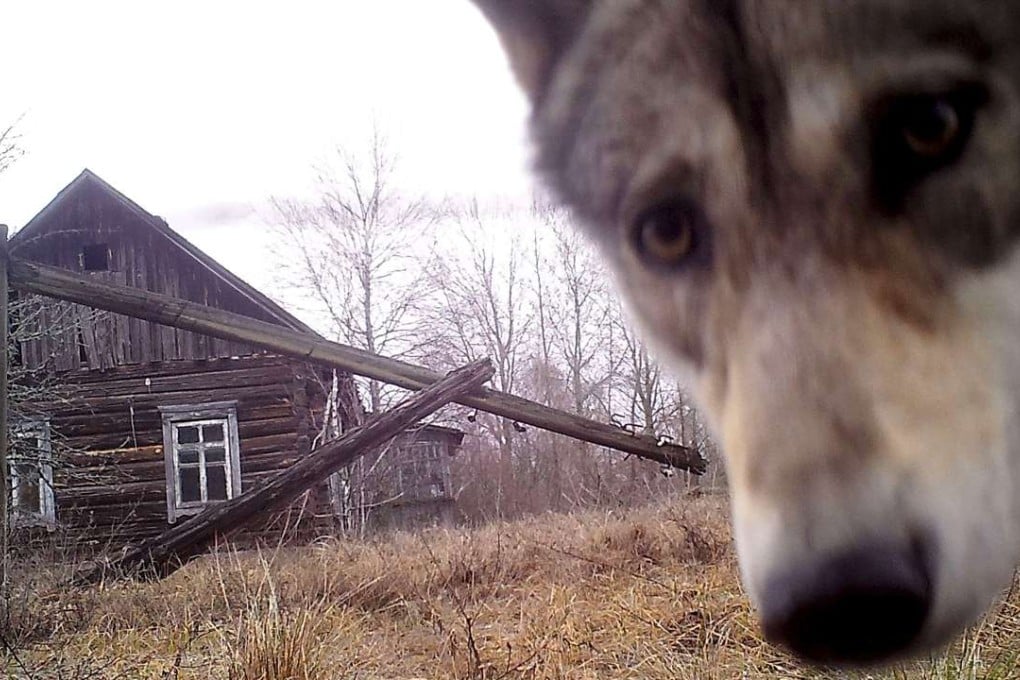Inside the hot zone: an enchanted forest reclaims Chernobyl, 30 years after nuclear disaster

Exactly three decades ago, an explosion at the Chernobyl nuclear power plant in Ukraine sent a radioactive cloud across Europe. Within weeks, nearly 100,000 people who lived in a large zone surrounding the disaster site had been evacuated, never to return to the poisoned land.
Today, the relics of their past - hollowed-out hotels, empty swimming pools, crumbling farming villages and rusted ferris wheels - stand in ghostly abandonment across a contaminated region larger than Rhode Island.
But time has not stood still. Nature has reclaimed the area, and new photographic data show the 4,100 sq km Chernobyl Evacuation Zone is now “basically an incredibly large sanctuary” for animals large and small, according to University of Georgia biologist Jim Beasley.
Anecdotal reports of wildlife doing well in the ruins of Chernobyl have been controversial. Some scientists argue that the disaster has taken a deleterious toll on fauna, causing genetic damage and population declines. A study published last fall, however, backed up the idea of the fallout zone-turned-enchanted forest with data from helicopter observations and animal tracks. They pointed to flourishing animal populations.

The release of the photos coincides with Tuesday’s 30th anniversary of the Chernobyl nuclear disaster.
Among the most-sighted creatures were grey wolves, red foxes, wild boars and raccoon dogs. They, as meat-eaters, are important barometers because they are exposed not just through the environment, but also because their prey contains radiation. Radiation levels vary across the zone, but all four of those species were widely distributed, spotted in areas of high and low contamination.